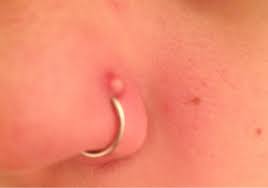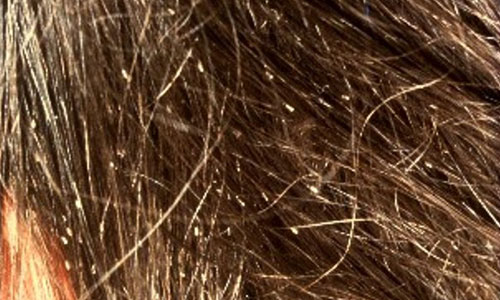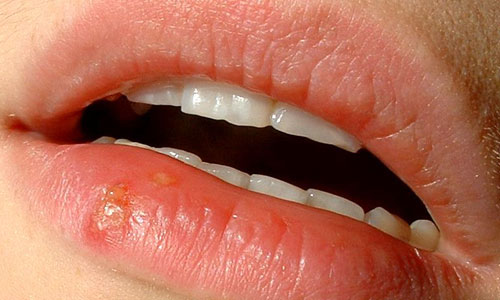 If you’re experiencing any sort of bump, redness or infection from your piercing try tea tree oil as a fantastic alternative remedy.
If you’re experiencing any sort of bump, redness or infection from your piercing try tea tree oil as a fantastic alternative remedy.
Heal piercing bumps with tea tree oil - yes, it can be done!
Don’t get rid of your latest piercing just because you get one of those annoying little pimple-like bumps… try using tea tree oil instead.
Most piercing technicians will tell you to use a ‘sea salt soak’ to help heal the skin after your latest piercing, but they don’t usually offer any advice on how to deal with the bump that can sometimes occur around a piercing wound.
If you apply tea tree oil directly to the skin around your piercing, it will dehydrate the bump causing it to go down in size.
How to use tea tree oil for a piercing bump
It’s really simple and easy to use tea tree oil on your piercing bump:-
- Dip a Q tip or cotton bud in your bottle of tea tree oil (always make sure it’s 100% tea tree oil, not a blend).
- Dab it on the bump near your piercing - twice a day should be sufficient.
If you can’t tolerate the smell of tea tree oil, you can always mix it with a carrier oil or add it to a sea salt solution.
The oil has dehydrating effects on the skin, so in about 3-5 days you should find the bump simply peeling away.
If you suffer from allergies or catch a cold and the bump re-appears, simply repeat the steps above using tea tree oil to remove your piercing bump.
Using tea tree oil for a piercing infection
If you have an inflamed piercing you can use tea tree oil as a natural, chemical-free home remedy. Because tea tree oil contains anti-inflammatory properties, it’s the perfect choice in healing piercing infections.
A lot of people make the mistake of using harsh products containing alcohol or peroxide - these products will kill the body’s natural bacteria around the piercing so can dry out and damage the skin as well as extending the healing time considerably.
Tea tree oil provides a more natural, gentle approach that is very effective in treating piercing infections and bumps.
Although effective, the oil does take time and consistent care to achieve the best results. You can either apply it directly to the infected piercing, or add a few drops to a sea salt solution.
Tea tree oil can also be used to treat oral piercings, however you should always mix a few drops of the oil to a sea salt solution and never swallow the solution.
Treating infected piercings with tea tree oil
Did you know that tea tree oil can be used as an effective treatment to clear up piercing infections? It’s an amazing oil with antiseptic, antibacterial and antifungal properties - the native Aboriginal people of Australia have been using it for thousands of years to treat various ailments.
Tea tree oil is great to use on inflamed or infected piercings to give a boost of antiseptic and helping to reduce redness and infection.
Are there any risks associated with using tea tree oil?
You can apply tea tree oil directly to the skin, however some adults may have sensitive skin - probably best to do a patch test first before using it on your piercing wound. If you do see any signs of irritation, such as redness, swelling, etc you’ll need to wash all traces of oil from the skin and discontinue using it.
Tea tree oil should never be swallowed or used internally as it may cause a toxic reaction. If you do suffer from an allergic reaction after using tea tree oil on your skin you should see your healthcare professional immediately for advice.







